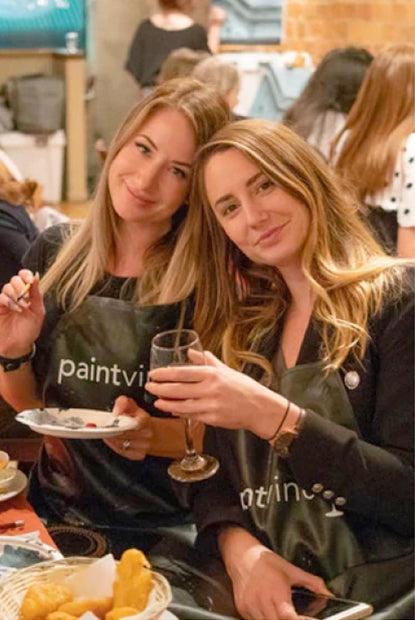
If you've ever marvelled at the luminous colours of the Northern Lights - or even just noticed how vibrant an image looks on your screen compared to the printed version - you've encountered the profound difference between two ways of experiencing colour: additive and subtractive.
Light as Colour: The Additive Model
The Northern Lights (Aurora Borealis), and closer to home the Southern Lights (Aurora Australis), are one of the most vivid real-life examples of additive colour at play. High in the atmosphere, charged particles from the sun excite atoms of oxygen and nitrogen. As these atoms release energy, they emit pure light in shades of green, red, violet, and blue. These colours are not reflected - they are generated. The result is a direct experience of colour as light itself, glowing against the dark sky.
Your computer or phone screen operates on the same principle. Additive colour mixes red, green, and blue light (RGB) to create every hue you see. When all three combine at full intensity, they form white; when they are absent, you see black. This luminous quality explains why digital colours appear so rich, electric, and full of life - they emit light, rather than simply reflecting it.
Ink on Paper: The Subtractive Model
In contrast, the printed world relies on subtractive colour. Here, colour is created by layering pigments - typically cyan, magenta, yellow, and black (CMYK) - on white paper. Rather than emitting light, these inks absorb (or subtract) certain wavelengths and reflect the rest. The more pigment you add, the more light is removed.
Because this method depends on ambient light and physical materials, printed colours often appear flatter or duller than their screen counterparts. Paper cannot replicate the glow of pixels - or the natural radiance of an aurora dancing across the sky.

Translating Light to Paint
So how do we, as artists, capture the luminous, shifting colours of something like the aurora with humble paint?
That’s where watercolour - particularly the wet-on-wet technique - shines. By applying pigment to damp paper, we allow colours to blend organically, softly bleeding into one another to recreate the delicate transitions of light found in the night sky. While watercolour can’t replicate the glow of emitted light, it excels at creating transparency, motion, and atmosphere - qualities essential to capturing the feeling of the aurora.
With soft greens fading into blues and violets, your brush becomes a kind of translator - converting nature’s additive poetry of coloured light being added to a dark sky, into the tactile beauty of subtractive pigment on paper. That’s why we paint on white paper: we begin with light, and as we add pigment, we subtract from that brightness to shape the scene. Each brushstroke gently dims the white surface, layering colour to recreate the atmosphere and movement of the aurora in a way that’s tangible, expressive, and uniquely your own. What a magical world we live in!
Image Credit: Subtractive Additive Colour Mixing. File:Subtractive-Additive-Colour-Mixing.jpg from Wikimedia Commons. This file is licensed under the Creative Commons Attribution-Share Alike 3.0 Unported license. No edits made.

